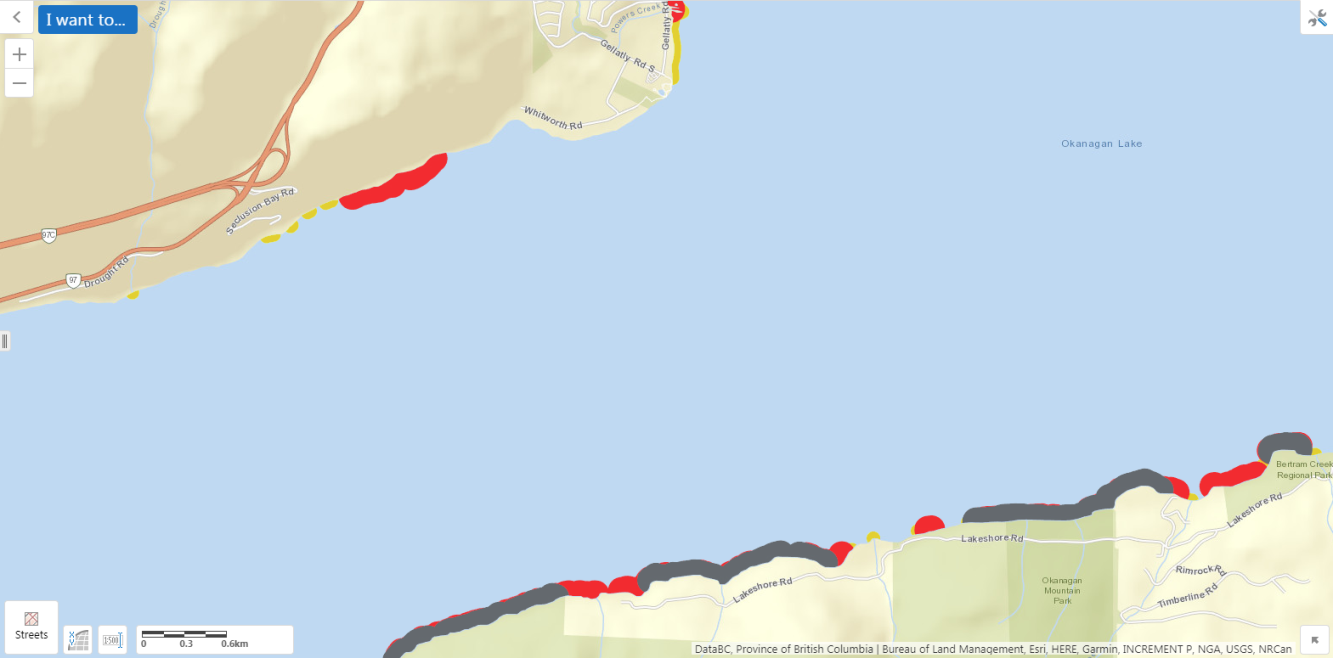If you are looking to build a new dock on BC waters, there are some legal requirements and an approval process you must follow in order to proceed with construction. The Ministry of Forest, Lands and Natural Resource Operations governs private moorage facilities including docks, boat ways/ramps and boat lifts. Below, we outline the ways you can obtain approval for building your dock.
It is important to note, however, that your proposed dock must first be in compliance with local bylaws and zoning and you may require approval from more than one provincial or federal agency. In some cases, depending on factors such as location and the development activities to take place, you may not be permitted to build at all.
Contact your local FrontCounter BC office to review your proposal and provide information on any authorizations or approvals you may require.
Applying for a Lease
You can submit an application for a lease, typically a term of 20 years. The annual leasing fee is $200 if the area is 2,000 square metres or less. A higher fee will apply for areas larger than 2,000 square metres. The applicant must be at least 19 years of age.
General Permissions
You may forego submitting an application for a lease if you meet the conditions and requirements as outlined by the General Permission. See the General Permission document and this checklist to see if you qualify. There is no fixed term and no annual fee.
Specific Permissions
Under certain situations, you will be required to seek Specific Permissions:
- where general permissions prohibit building a dock on the proposed location
- the facility to be built is a standalone boat lift or permanent boat way/ramp
- the facility will be used for group moorage
If you are applying for Specific Permissions, a fee of $250 is applied. However, there is also no fixed term or annual fee. If you are not the waterfront property owner, you will require written consent from the owner.
Notification
In addition to authorization by either a lease or general/specific permissions, you are required to submit a notification of instream work at least 45 days prior to beginning work. You must be in compliance with terms and conditions in your region and any set out by the habitat officer in response to your notification.
Requirements for Construction of All Docks
- Docks cannot obstruct public access to the foreshore.
- Docks must be in compliance with Canadian Coast Guard and building regulations.
- Only one dock is permitted for each property.
- Proof of insurance is required by the waterfront property owner.
Additionally, you are prohibited from:
- using the dock from any non-moorage purposes
- filling below the natural boundary
- dredging along the foreshore
- building any solid core structures or cribs
Regional Considerations
In the Okanagan, areas along the shoreline are categorized into colour coded zones based on environmental sensitivity, from highest to lowest:
- Black Zone – Critical Habitat Value
- Red Zone - High Value Habitat
- Yellow – Moderate Habitat Value
- No Colour - Low or Unknown Habitat Value
If your property is located in a black zone, it is unlikely you will be permitted to build. Proposed docks in yellow and no colour zones are more likely to be approved.
To determine the colour zone of your property, open the iMAPBC interactive mapping tool and zoom in to find your property. Add layers and under “Fish Wildlife and Plant Species,” select “Kokanee Habitat Zones – Okanagan Region – Colour Themed” and “Mussel Habitat Zones – Okanagan Region – Colour Themed.”

In addition to the colour zones, your project will also be assessed based on the risk level (high, moderate or low) of negative impact to the environment.
For more details, see the Okanagan Large Lakes Foreshore Protocol. For additional information and access to all application materials and guides, please see the Land Use - Private Moorage page on the Government of BC website.
Disclaimer
Please note that the information above is based on the rules and regulations effective as of the date of publication. The material located on our site is for informational purposes only, is general in nature, and is not intended to and should not be relied upon or construed as a legal opinion or legal advice regarding any specific issue or factual circumstance.

